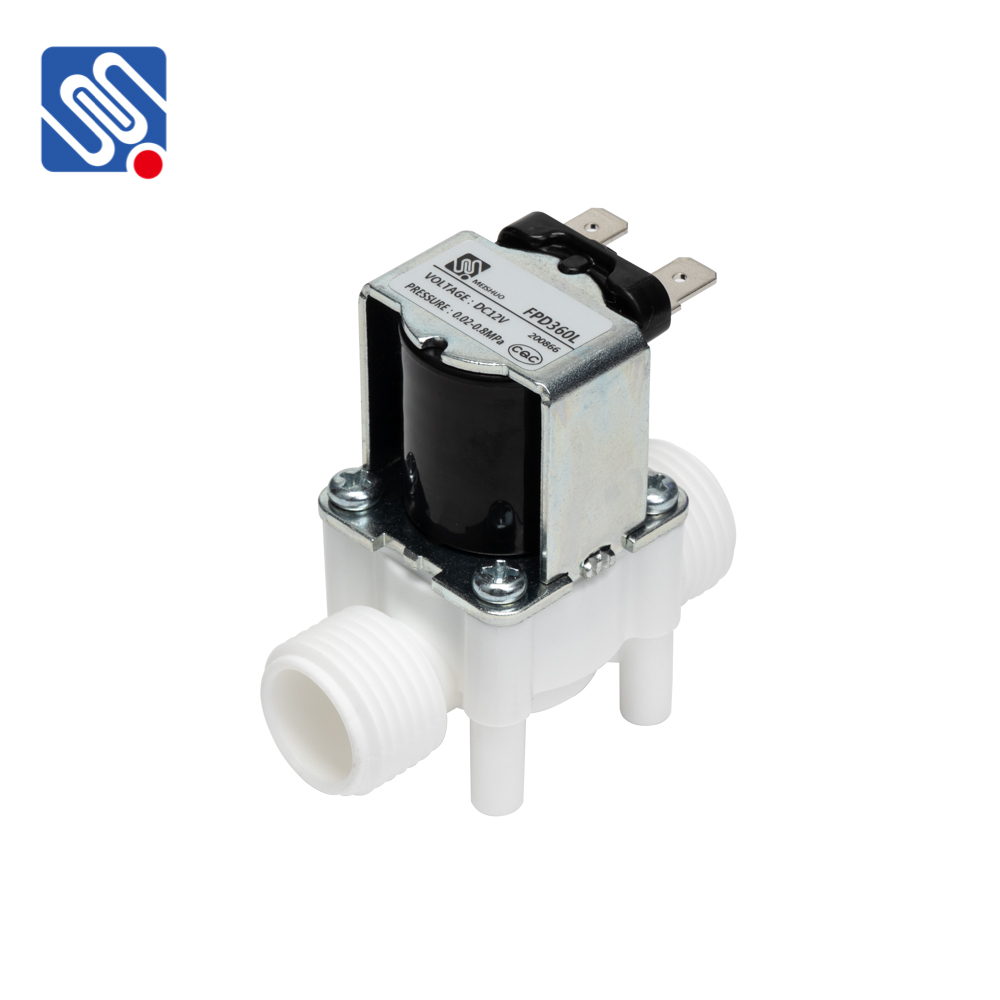An AC solenoid valve is a crucial component used in various industries to control the flow of fluids such as air, water, gas, and oil. It operates through electromagnetic technology, leveraging the power of alternating current (AC) to open and close the valve. This valve type is widely used in automated systems and is an essential tool for applications requiring precise control over fluid flow. In this article, we will explore the working principle, applications, advantages, and potential challenges of the AC solenoid valve.

What is an AC Solenoid Valve? At its core, an AC solenoid valve consists of a coil of wire (the solenoid) and a movable core or plunger. When an alternating current (AC) passes through the coil, it generates a magnetic field, which causes the plunger to move. This movement opens or closes the valve, thereby regulating the flow of fluid through a pipe or system. The primary advantage of this technology lies in its ability to automate the control of fluid flow with minimal human intervention. These valves are designed for both normally closed (NC) and normally open (NO) configurations, which influence how the valve behaves in the absence of electrical current. In a normally closed valve, the valve remains closed when no current flows, while in a normally open valve, it remains open until the solenoid is energized.